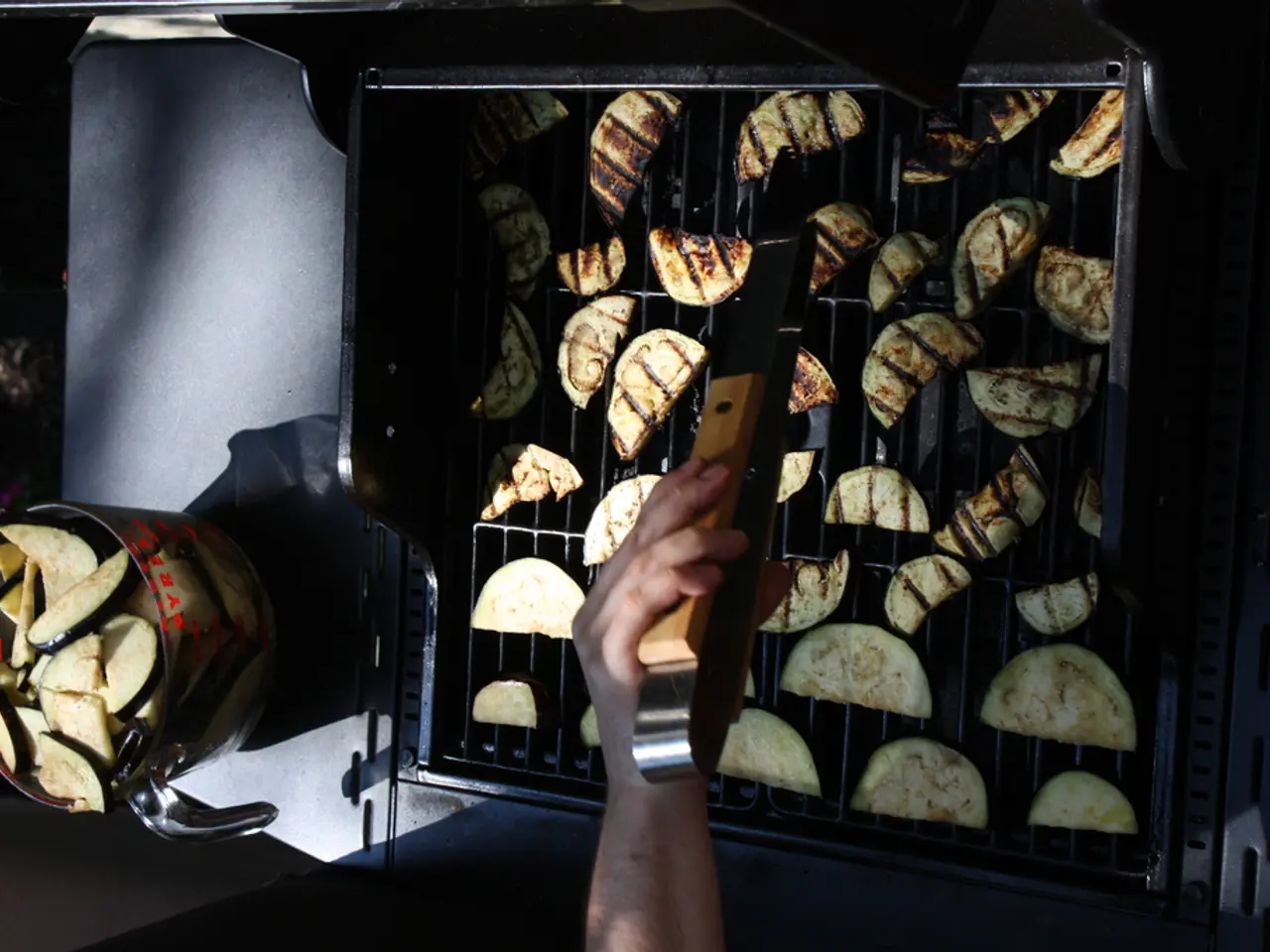Mexico's tipping point: Could excessive tips be fueling gentrification?
In the picturesque town of San Miguel de Allende, Mexico, I found myself seated at La Cabra Illuminada, savouring a delightful meal of enchiladas verdes with vegan pea cheese and zucchini. The café was bustling with locals and tourists alike, a testament to the vibrant dining scene that thrives in this charming city.
But amidst the lively atmosphere, a thought lingered: Have I, as a foreigner, been contributing to an unfair system?
You see, the majority of Mexico's dining operations consist of mom-and-pop establishments, where most people make significantly less than the average earnings claimed by labor statistics. COVID-19 has upended the compensation of U.S. restaurant workers, but the idea of a livable wage in Mexico's food service industry is still a dream for most servers, bartenders, dishwashers, and bussers.
I spent nearly three decades in hospitality and was a chronic overtipper in Mexico. But a local mompreneur advised me to reconsider my tipping habits. She explained that excessive tipping, while well-intentioned, can catalyse poor treatment of Mexican clientele by staff and create a self-fulfilling prophecy of servers conjecturing that Mexican customers wouldn't tip "well."
This revelation led me to question the norms I had long followed. I began to see the importance of tipping not just as a way to reward good service, but as a means to support the livelihoods of those who work tirelessly to make our dining experiences enjoyable.
So, what is the appropriate tipping etiquette for dining in Mexico? Traditionally, a tip of 10% to 15% of the total bill is customary, with 10% being sufficient for casual diners and local fondas, and 15% being standard for good service at higher-end or tourist-oriented restaurants. However, it's crucial to tip according to Mexican local customs rather than using higher U.S. tipping rates, which can unintentionally promote inflated expectations and perpetuate a "gringo tax" – where tourists are overcharged or expected to tip excessively.
When dining out in Mexico, it's essential to remember a few key points. Always check if a service charge is already included in the bill; if so, additional tipping is not necessary. When invited to dine, hosts typically pay the bill including tips; guests may offer but should not insist on paying, as a social courtesy. In all-inclusive resorts or tourist-heavy areas, tipping slightly more (e.g., 20 pesos per meal or equivalent) may be appropriate but should still align with local tipping standards and personal satisfaction with service. Carry small bills in local currency or U.S. dollars, as tips are often given in cash and amounts like $1-$5 USD are usually appreciated.
As I pondered these issues, I was reminded of Taiye Selasi's TED Talk, "Don't ask me where I'm from, ask where I'm a local." Instead of asking "What should I be tipping?", it may be more compassionate to consider "Why am I tipping this amount? Who benefits and who could potentially be damaged or displaced by my spending election?"
I encourage people to be less of a colonizing presence and more of a mutual aid to their Mexican neighbours. Let's strive to raise compassionate children who never lose their curiosity, tenderness, and radiant light. By tipping thoughtfully and respectfully, we can help ensure a fair and equitable dining experience for all.
[1] Mexico Tipping Guide [2] Tipping Etiquette in Mexico [3] Tipping in Mexico: How Much to Tip and When [4] Mexico Tipping Guide
- In the food and drink scene of San Miguel de Allende, Mexico, it's essential to tip appropriately to support the livelihoods of those who work hard to make dining experiences enjoyable, as explained by a local mompreneur.
- Traditionally, a tip of 10% to 15% of the total bill is customary when dining in Mexico, with 10% being sufficient for casual establishments, and 15% being standard for good service at higher-end or tourist-oriented restaurants.
- However, it's crucial to tip according to Mexican local customs rather than using higher U.S. tipping rates, to avoid perpetuating an unfair system and the "gringo tax."
- Once we recognize the impact of our spending on the economy, lifestyle, and health of locals, especially in the food and drink industry, we can make informed choices when traveling and support businesses that promote fair practices.




